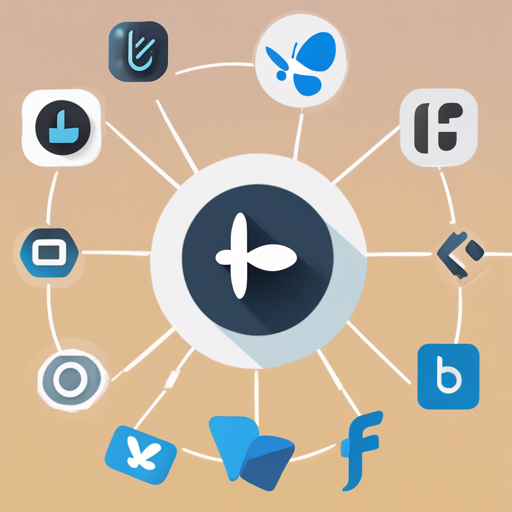In the ever-evolving world of mobile applications, incorporating Bluetooth Low Energy (BLE) features can significantly enhance user experiences. The FlutterBleLib library enables developers to seamlessly integrate BLE capabilities into their Flutter applications. In this article, we will walk through the installation and usage of this library, while also tackling some common troubleshooting challenges.
What is FlutterBleLib?
FlutterBleLib is a robust library that caters to all your BLE needs within the Flutter framework. It employs Polidea’s MultiPlatformBleAdapter, which operates on both RxAndroidBle and RxBluetoothKit. Additionally, it supports a BLE simulator, allowing for effortless development without the need for physical devices. Let’s dive in!
Installation: Setting Up Your FlutterBleLib
To get started, you need to add flutter_ble_lib as a dependency in your pubspec.yaml file:
dependencies:
flutter_ble_lib: ^latest_versionAndroid Configuration
For Android, ensure the minSDKVersion is set to 18 in your android/app/build.gradle file:
android {
...
defaultConfig {
...
minSdkVersion 18
...
}
}Also, remember to request ACCESS_FINE_LOCATION at runtime to enable scanning for peripherals.
iOS Configuration
For iOS, navigate to the ios directory and run pod install. Additionally, add the Privacy – Bluetooth Always Usage Description key to your Info.plist:
NSBluetoothAlwaysUsageDescription
Your own description of the purpose. Usage: Exploring Your BLE World
The library emphasizes a few key entities:
- BleManager
- Peripheral
- Service
- Characteristic
- Descriptor
To begin, create and initialize an instance of BleManager:
dartBleManager bleManager = BleManager();
await bleManager.createClient(); // ready to go!
/* Don't forget to destroy the client when you are done! */
bleManager.destroyClient();Understanding BLE Operations Through an Analogy
Imagine you are a librarian in a vast library filled with books (peripherals) organized in various sections (services). Each section contains different genres (characteristics) of books (data). Your job is to:
- Discover: Use your library key (BluetoothManager) to unlock the library doors and explore the sections.
- Check Out a Book: Connect with the librarian (peripheral) to retrieve a particular genre (characteristic) of book.
- Return the Book: Disconnect from the librarian and smoothly exit the library.
This is akin to how the FlutterBleLib library operates with Bluetooth peripherals. You discover devices, connect to them, retrieve data, and manage transactions!
Troubleshooting: Common Issues and Solutions
- Permission Issues on Android: Ensure that you have requested ACCESS_FINE_LOCATION at runtime. For more insights, updates, or to collaborate on AI development projects, stay connected with fxis.ai.
- Connection Failures: When issues arise with connecting to a peripheral, verify the connection state and try restarting the peripheral scan.
- iOS Permissions: Make sure you have correctly added the Bluetooth usage description in the Info.plist file and ensure app permissions are granted.
At fxis.ai, we believe that such advancements are crucial for the future of AI, as they enable more comprehensive and effective solutions. Our team is continually exploring new methodologies to push the envelope in artificial intelligence, ensuring that our clients benefit from the latest technological innovations.
Conclusion
With the FlutterBleLib library, integrating Bluetooth Low Energy functionalities is simplified, allowing you to focus on enhancing your app’s user experience. Whether you’re dealing with peripherals, handling services, or manipulating characteristics, this library has got you covered. Happy coding!

